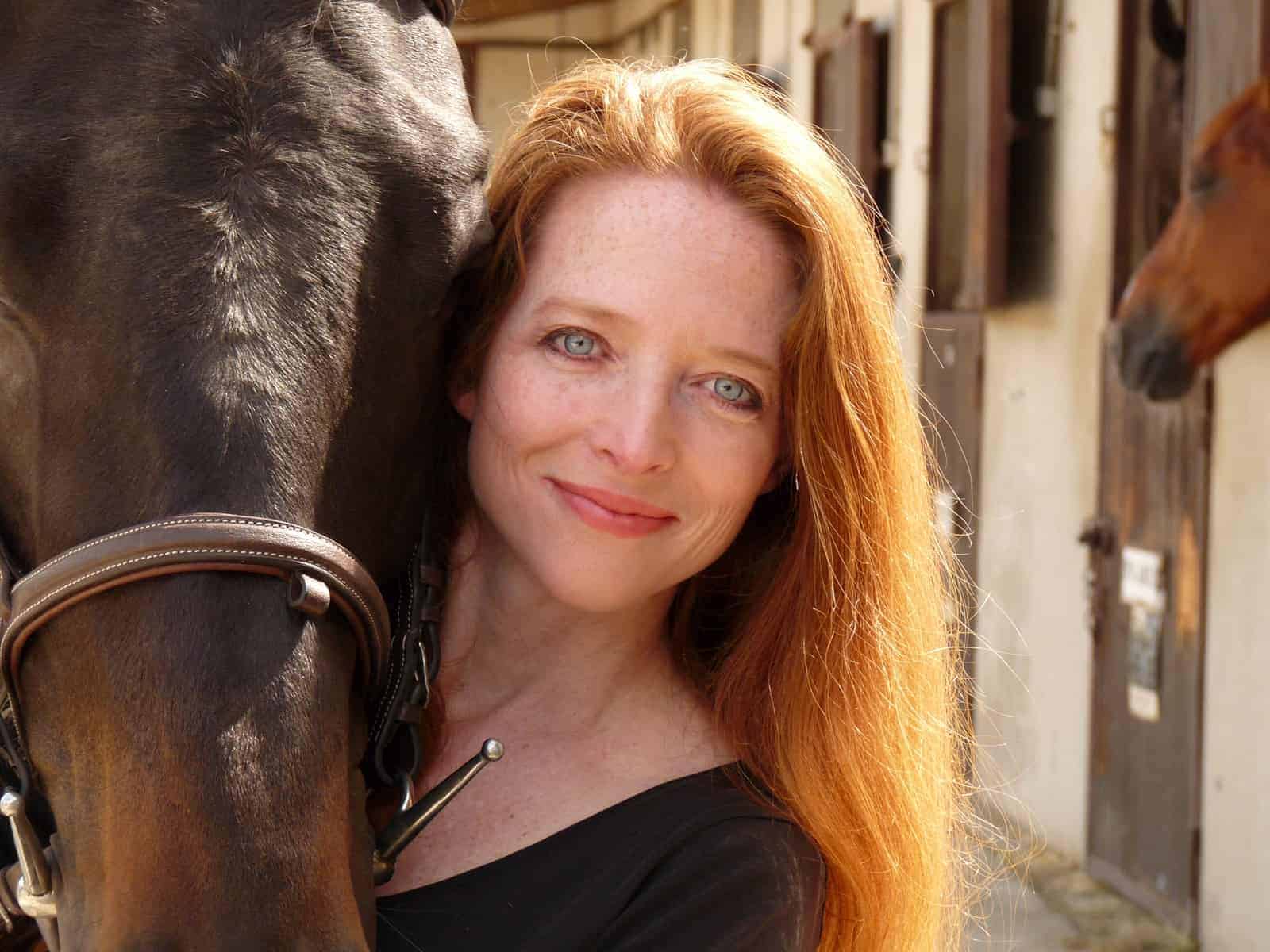First Equine Embryo Time-Lapse Images Revealed

Thanks to new time-lapse videos of equine embryo development, scientists are discovering the milestones associated with future implantation and pregnancy success. They’re also discovering just how active these microscopic equines are.
“We were all surprised by the amount of movement of the embryos and even of the cytoplasm (cell material) within the cells of the embryos,” said Niamh Lewis, BVM&S, PhD, Dipl. ACT, ECAR, equine reproduction specialist based in Dublin, Ireland. “They are by no means static during development. Cellular content and the attached cumulus cells (which surround the fertilized egg) are moving all the time.”
The movement she and her team saw was so significant that the embryos sometimes came in and out of focus or even shifted from one droplet of culture medium (the material in laboratory dishes that help the embryos grow) to another, Lewis said
Create a free account with TheHorse.com to view this content.
TheHorse.com is home to thousands of free articles about horse health care. In order to access some of our exclusive free content, you must be signed into TheHorse.com.
Start your free account today!
Already have an account?
and continue reading.

Written by:
Christa Lesté-Lasserre, MA
Related Articles
Stay on top of the most recent Horse Health news with















